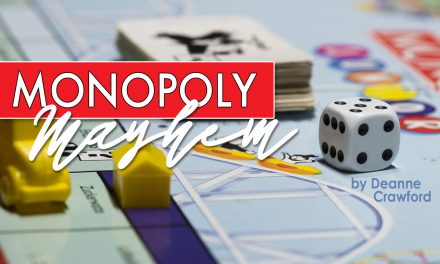The assignment: Write three to five sentences about a pet. Pencil in hand and paper on the kitchen table my seven year old just freezes.
He adores his cat and would share entertaining stories about it with us throughout the day, but when it came to putting it down on paper, he refused. I even made sure to remind him that spelling doesn’t matter and if he wanted me spell out a word for him, I was right there. Nothing. The defiance, the stubbornness, everything set in. I even brought the principle (dad) into the picture and eventually the assignment was completed but not with a good attitude.
Is this the reality of homeschooling? Well, for writing class it was for a while until I implemented an entirely different teaching method, and let me tell you, it was a life saver! Would you believe that the same child who absolutely hated writing a year ago now asks me to do it? I kid you not! He has fallen so in love with the non-aggressive approach of this new program we use that it has become one of his favorite things to do!
What made this challenge so hard on me was the fact that I love writing. I just didn’t know how to teach it. I forgot that when I was young, someone had to take my hand and lead me, step by step through the process. Honestly, I had no idea how to begin teaching my son. I didn’t get rid of the English curriculum that I was using, but I found a writing supplement to help guide him along. It’s called Write Shop and I use it as a “creative writing” class two or three times a week. After using Workbook B I purchased both Workbook A and Workbook C and have it available for all of my children!
Each lesson includes several activities that help them practice coming up with a story. With younger children, or older reluctant writers such as my son, you can begin slow by simply having them dictate their story to you. You then write it down and have them copy it.
For younger children you can have them recite their story back to you as you point to each word with a pointer, helping with their reading skills. This program does not focus on perfection but confidence. Once the child has confidence then they will be more apt to write. Eventually you will work on correcting spelling and grammar mistakes but the key is to provide them an environment where they can enjoy the writing process.
The beginning of each book shares many ideas that you can implement to help guide them along in their journey. You can choose to use as many or as few as you please. My younger children enjoyed creating a folder with descriptive words about trains to help them write a train story. My older son has written several mysteries that are both saved in a folder in our writing center and in a file on the computer.
I love seeing the transformation in my son by simply providing him with the tools needed to accomplish this seemingly difficult task! If your child struggles with writing or any other subject, I would encourage you to take a step back and evaluate not the student or the teacher, but the method. You might be pleasantly surprised to find that the answer is as simple as adding a supplemental element to your homeschool!





